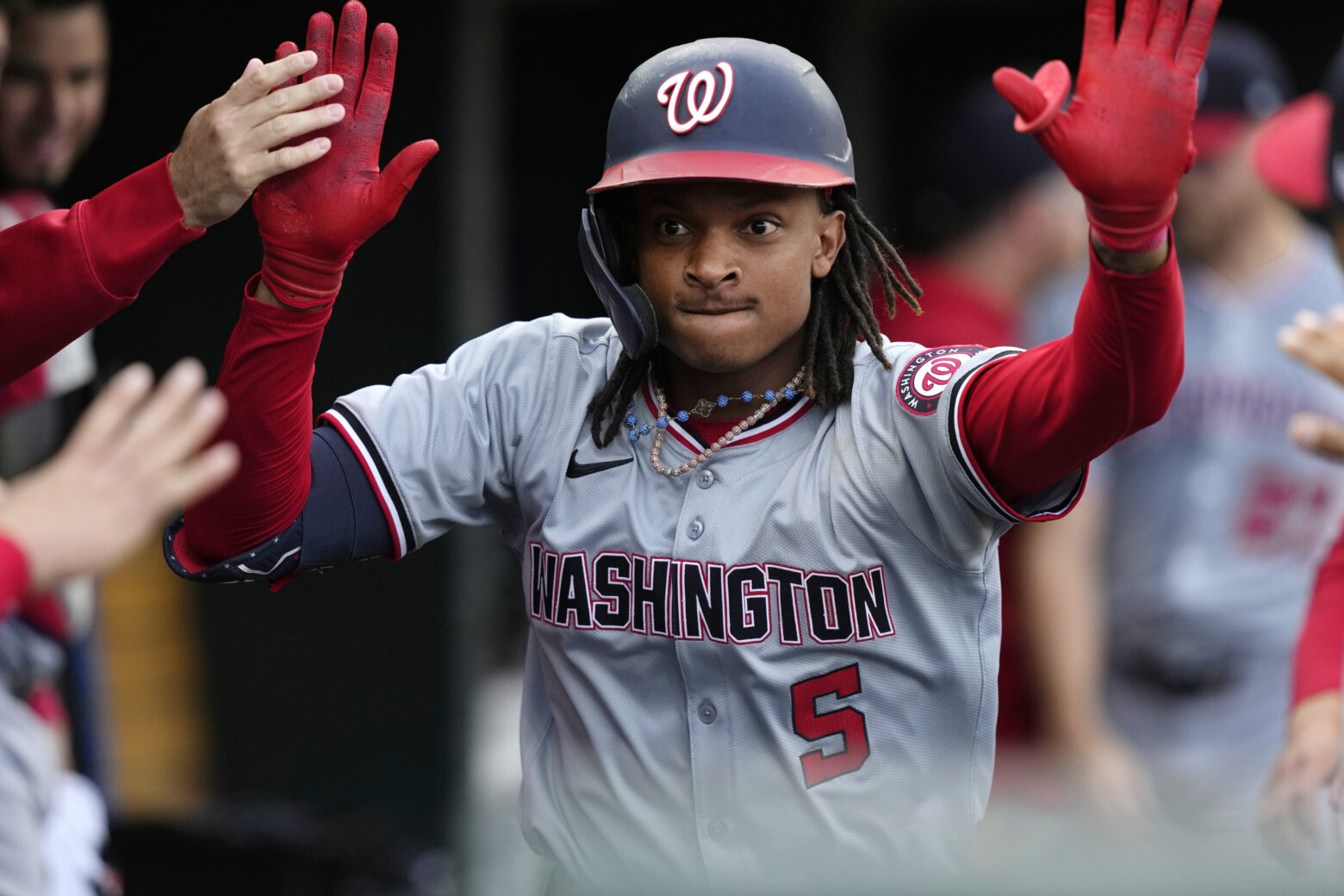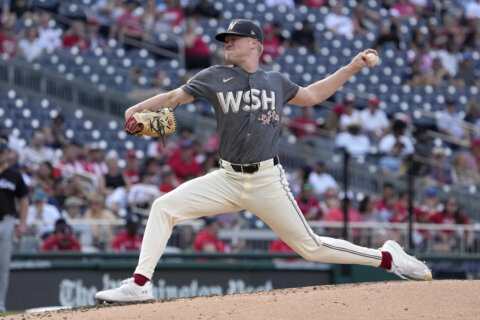
I’ve dealt with the present and the ban on spectators at professional sports events. That’s why I yearn for the future and covering games with fans back in the stands.
When talking about fan attendance, I’m not just talking about limited capacities determined by social distancing. I’m talking about arenas and stadiums brimming to capacity, and I don’t care whether the fans are cheering or booing — as long as they’re not throwing things. I want that electric feeling again.
As I write this, I have experienced as a play-by-play broadcaster close to 40 games in empty places. I have been blessed to be able to describe the games.
There have been amazing shots and goals, but I am weary of the loneliness. I hear the fake crowd noise, but as much as I want to, I can’t turn and start talking to the crowd.
From August through November, I called D.C. United games on TV, and 20,000-seat Audi Field was empty. I was appreciative that there were games to call, but the sadness at times was overwhelming. I missed the walks through the stands, the hugs, the high-fives, the compliments about the team’s play, the complaints.
It’s been the same now calling games for the Washington Wizards at Capital One Arena. It’s great to have the NBA back, but connections and conversations are sorely missed with everyone. Where are the ushers? Where is my friend, the hot dog vendor who always has a theory on a better lineup? Along with the fans, I need them.
For the record, I do believe there’s a way to hold events in stadiums and arenas at limited capacity with fans socially distanced. Similar to other public places that are open, protocols can be put in place to keep people as safe and comfortable as possible. A 100% guarantee of a COVID-free environment is not possible, but that’s true of anywhere we go now.
Having been to grocery stores, I actually would feel more comfortable in a 20,000-seat arena with 5,000 fans. We have the technology to space people out and restrict movement within an arena. Food can even be ordered on an app and then delivered in a cashless exchange.
As I go to Capital One Arena to broadcast Wizards games, I’m required to register in advance on an app, and when I arrive I’m required to enter through a designated entrance. Once in the building, I’m restricted to what’s called the “yellow zone” — one of four color-coded zones — and then I have to leave the building through a specific exit.
But I digress. The decision of when and how to safely start having fans back in arenas and stadiums is for people smarter than me. All any of us can do is respect current restrictions and continue to do our best to find a way to safely do things.
In the meantime, our yearning for that day — and it might be a long wait — for full stadiums and arenas only increases.
Once upon a time, there was a genuine concern that the televising of home games by professional sports teams would kill spectator attendance. The theory was that stadiums and arenas would be turned into large, soulless TV studios because people would want to just stay at home and watch games on their couches.
I remember what a big deal it was in 1984 when cable network Home Team Sports started, and we were able to watch home games of the Orioles, Capitals and Bullets. Yes, we were excited about cable back then and could not even imagine watching games on computers or phones.
Instead of killing attendance, people started seeing the fun other people were having at places they could get to and they wanted in on the atmosphere created by thousands of people coming together to yell and scream for a common cause.
Video continues to enhance the game-day experience. High-definition TV has made competitors come to life even more. It’s hard to keep up with the number of camera angles used in a broadcast. There are even “second-screen” experiences, where you use your computer or phone and pick another video option as you watch a game, including what’s happening on the in-arena TV.
That’s great, and it’s possible in the comfort of your own home to feel closer to sporting events than ever before, but not truly connected. For that real connection to the games we love, you have to be there in person with other people who share that love.
With each lonely walk into and out of an empty arena, I hope I’m one step closer to covering the story of the day when the crowds come back and the sound of cheers — and even boos — will trigger tears of joy.








